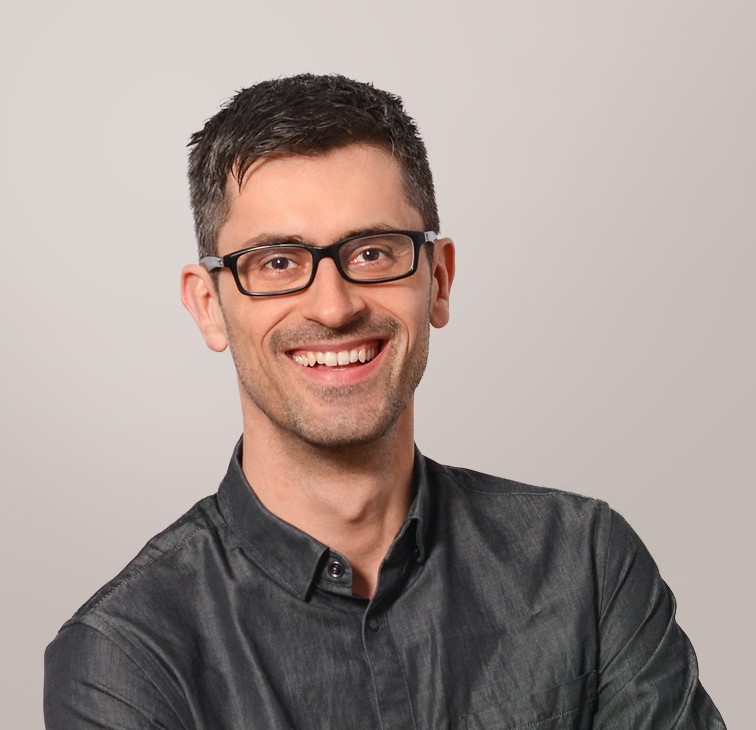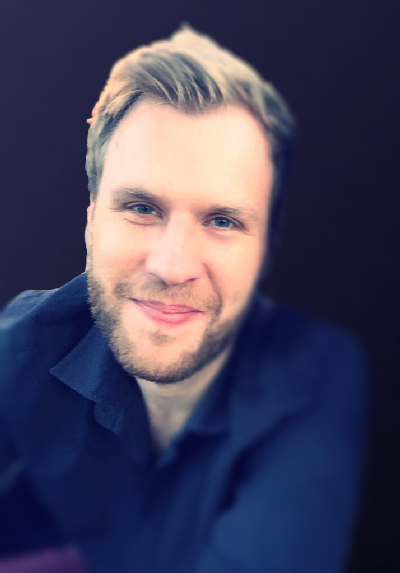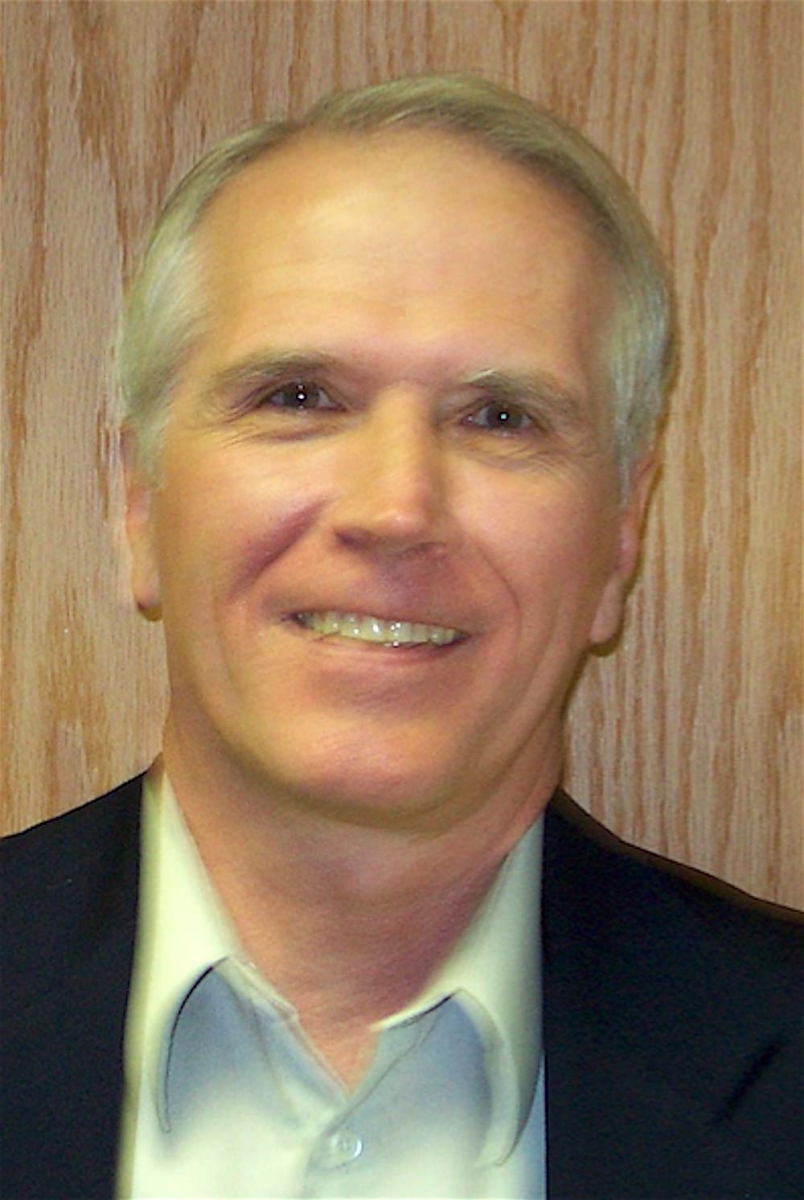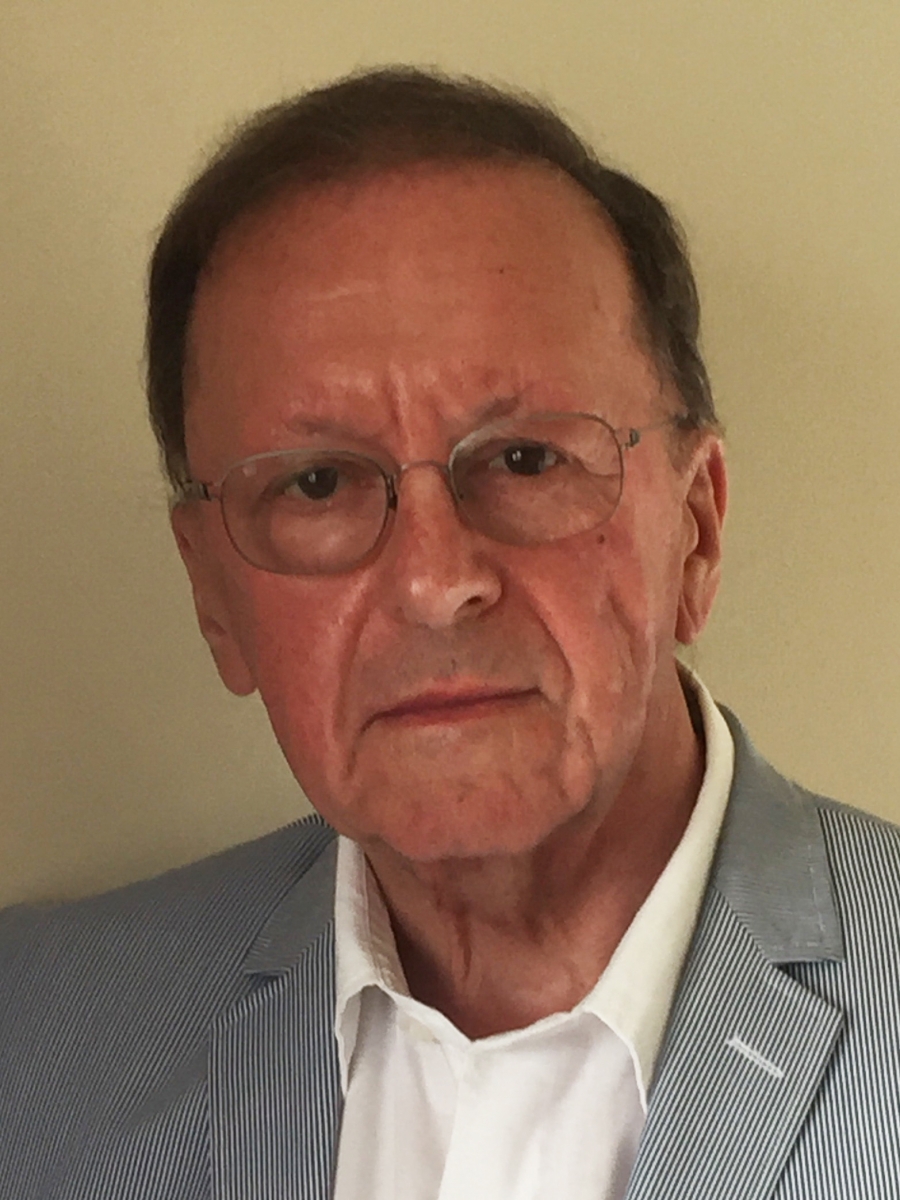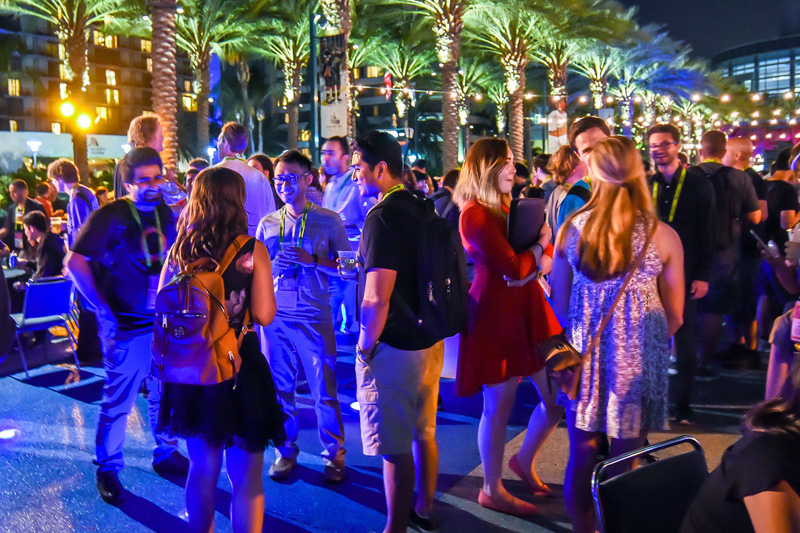SIGGRAPH is the world’s largest, most influential annual conference and exhibition in computer graphics and interactive techniques. Five days of research results, demos, educational sessions, art, screenings, and hands-on interactivity, and three days of commercial exhibits displaying the industry's latest advances.
Whether or not you'll be joining us at SIGGRAPH 2017, you can access much of the conference content online. It has been made publicly available by ACM SIGGRAPH as a service to the computer graphics community.
Downloadable Content
SIGGRAPH 2017 content includes technical papers, presentations, posters, course materials, videos and more. These materials can be accessed and downloaded a number of ways.
In the ACM Digital Library
The ACM Digital Library is a research, discovery and networking platform that contains the full-text collection of all ACM publications, including journals, conference proceedings, technical magazines, newsletters and books. SIGGRAPH 2017 content is available for free in the ACM Digital Library for a one-month period that began two weeks before the conference, and will end a week after it concludes. To locate SIGGRAPH content in the Digital Library, search for "SIGGRAPH 2017 [program name]" or "SIGGRAPH 2017."
Via Open Access Links
Beyond the "free access" period in the ACM Digital Library, ACM SIGGRAPH has made SIGGRAPH conference content available at no cost through special open access links on SIGGRAPH.org.
Conference Proceedings and Presentations USB Drives
USB drives of Conference Proceedings were available for pre-order until July 7. They are no longer available for purchase, but those attendees who did pre-order may pick them up in Los Angeles at Merchandise Pick-up.
USB drives of Conference Presentations can be ordered online in advance of the conference or at the conference itself. These drives will be delivered by mail approximately four weeks after the conclusion of the conference.
Streaming Video and Recordings
A number of SIGGRAPH 2017 sessions will be live-streamed on YouTube and Facebook. Visit the SIGGRAPH 2017 live-streaming page for more details.
Co-Located Event Content
Sponsored and co-sponsored conference content is freely available through open access links on SIGGRAPH.org.
Translated Content
Audio guides produced by the ACM SIGGRAPH International Resources Committee (IRC) provide translated descriptions of Emerging Technologies, Art Gallery, VR Village and Studio contributions — offering 8 to 10 different language options for each exhibit. Scan the QR code on each contributor’s sign and listen to the description of the work in another language.
On-Site Content for Attendees
When attendees check in at the Los Angeles Convention Center, they will each receive a booklet detailing the schedule of events at the conference. For the full SIGGRAPH experience, attendees should also download the official conference app and the ScavengerAR conference game (unless they don't like free swag and prizes).
The Conference App
The fastest way to identify the sessions, exhibits, presentations and events happening at the conference is to install the SIGGRAPH 2017 mobile app. The SIGGRAPH 2017 website even offers a handy guide for customizing your conference schedule based on your interests.
ScavengerAR Augmented Reality Conference Game
SIGGRAPH ScavengeAR is a mobile augmented reality game created just for SIGGRAPH 2017. The app is available for Android and Apple devices and can be played during the conference. Players will scan special markers to summon hidden creatures called “Sigglets” to unlock badges and earn rewards, such as SIGGRAPH merchandise and other surprises! You can download the app via the Apple App Store or Google Play Store.
SIGGRAPH 2017 will take place in Los Angeles, California, from July 30 to August 3.
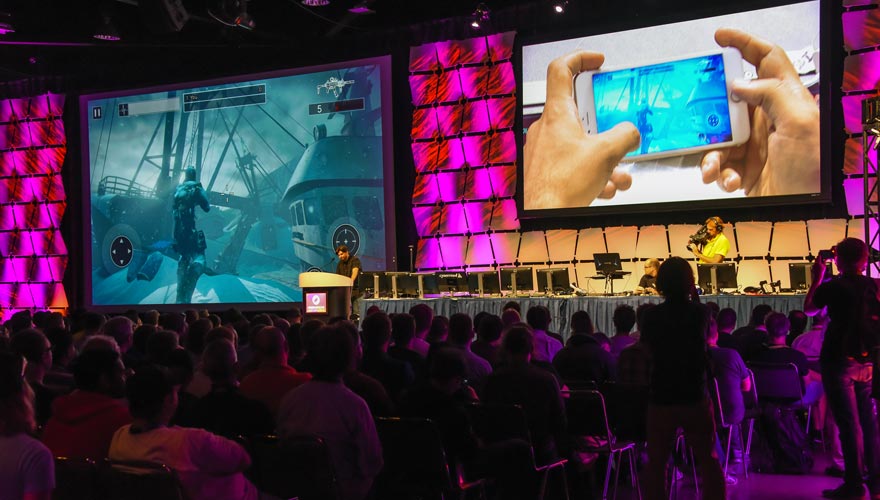
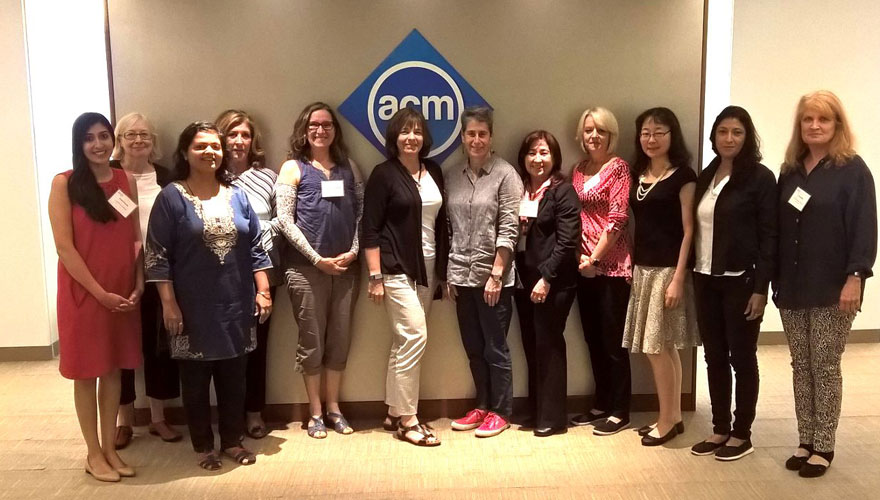

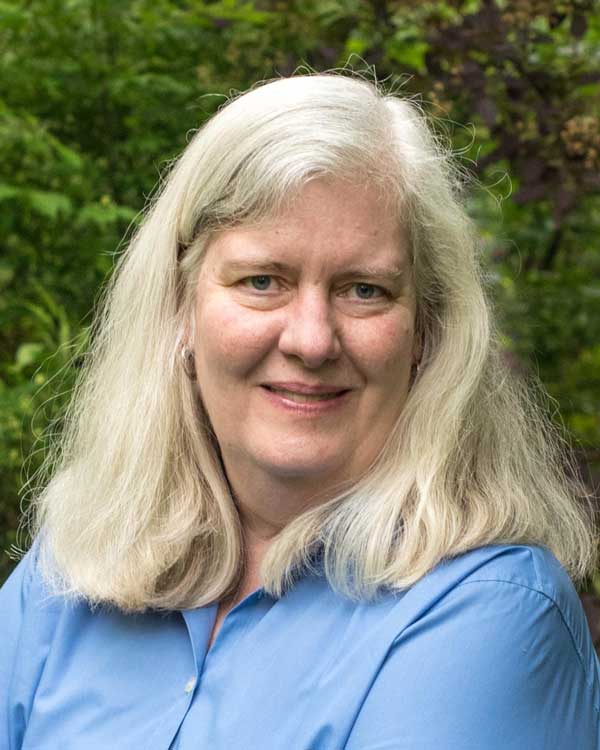 Recipient: Jessica Hodgins
Recipient: Jessica Hodgins
